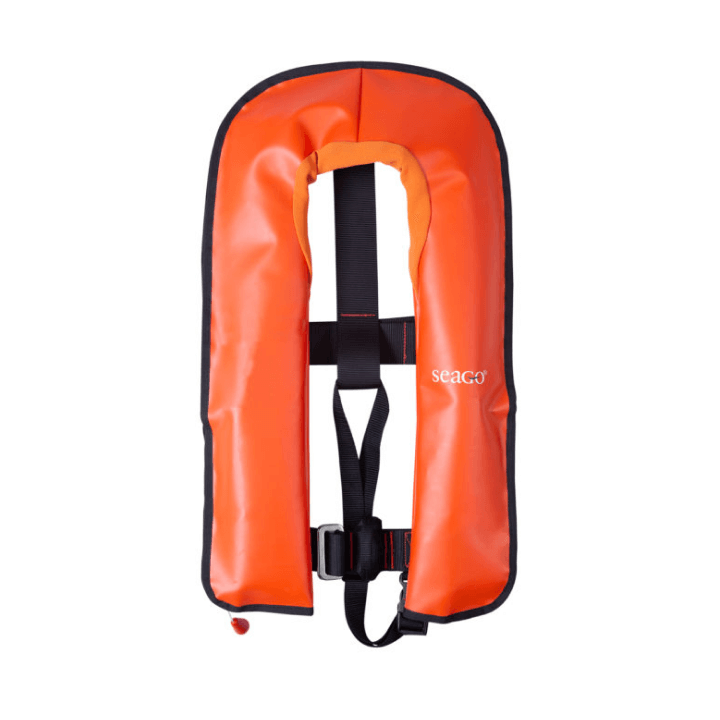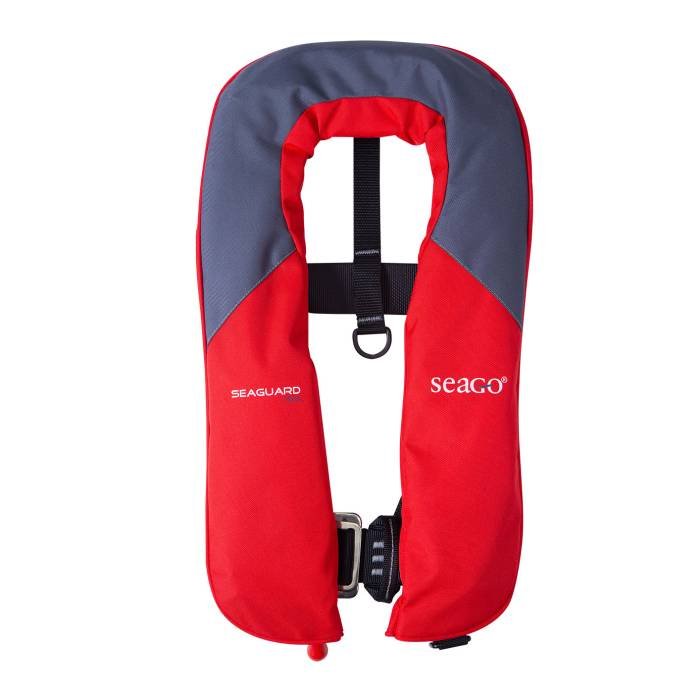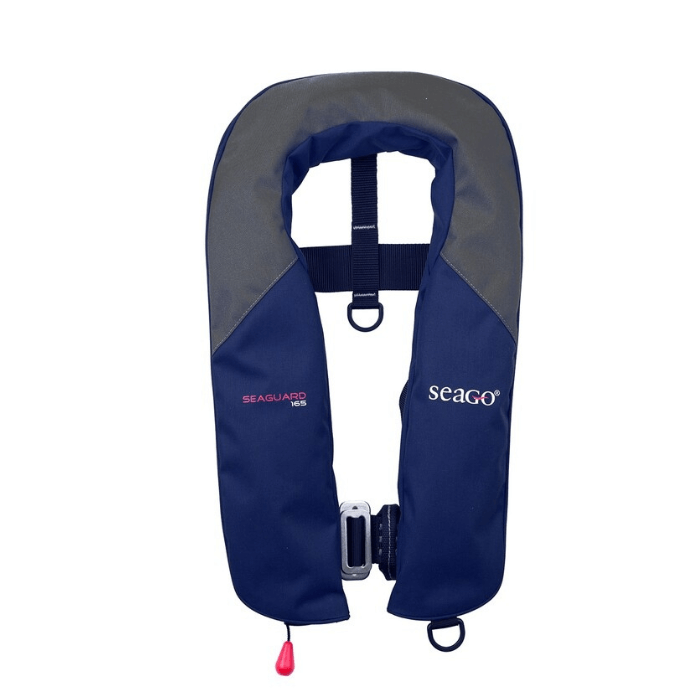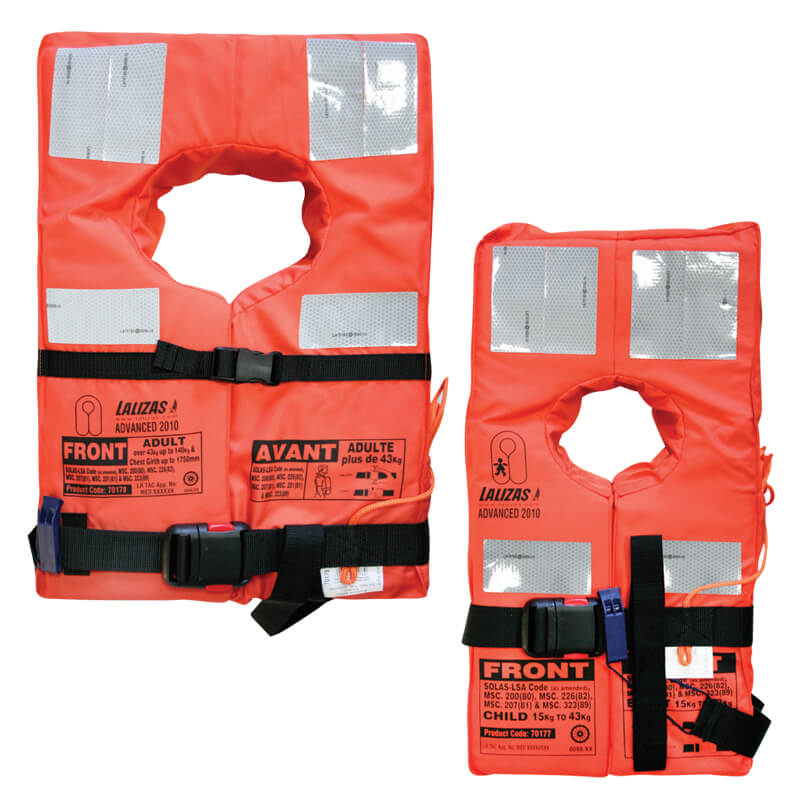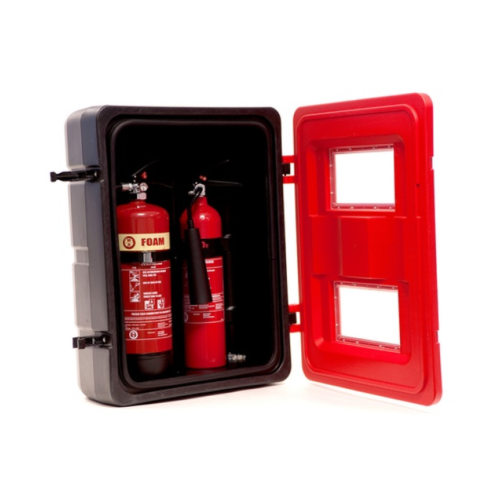The versatile SeaGuard is a lightweight life jacket with a round neck design. This popular life jacket is easy to fit and simple to rearm with a low profile. Available in 3 colours and a wipe clean model for work boats.
The comfortable round neck design and its lightweight combine to make this lifejacket one of our most favoured models.
SeaGo life jackets are manufactured to ISO 12402-3 (150 newtons) or ISO 12402-2 (275 newtons). However, SeaGo has designed these life jackets to give an increased optimum performance and therefore the buoyancy stated on the model name will always be higher than the minimum buoyancy required to comply. The lifejackets are rated 165 and 300 newtons respectively.
The abrasion resistant cover or wipe clean cover, together with newly designed buckle, single crutch strap and lightweight d-ring makes the Seaguard an all round life jacket.
With regular maintenance and servicing at the correct intervals, it will give years of peace of mind. You should make sure you have purchased the correct specification that best suits your requirement in particular weight, chest size and buoyancy.
All the above range of Seago life jackets are suitable for offshore use.
Variants
- 275n (300n rated)
- 150n (165n rated)
